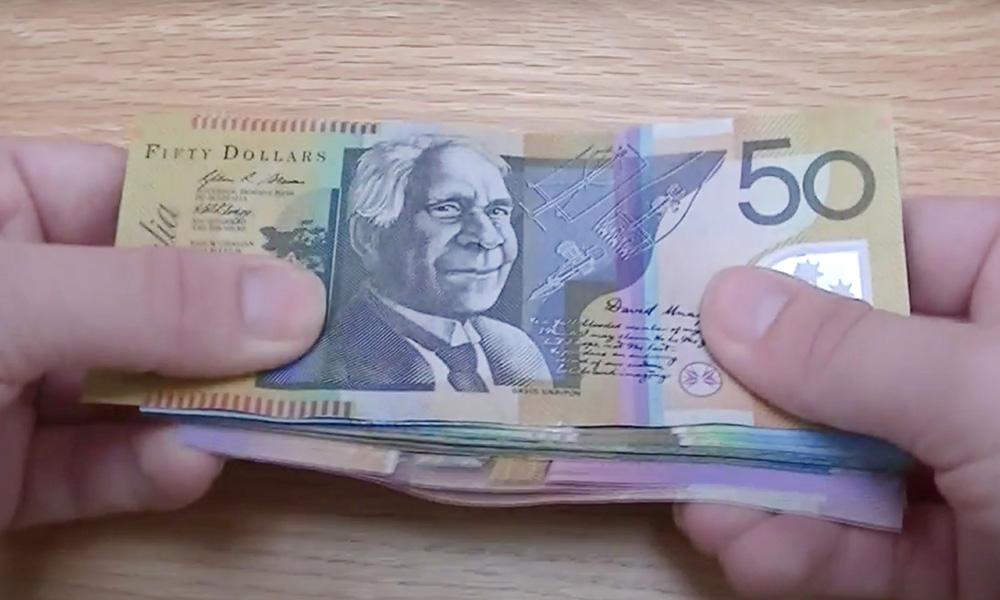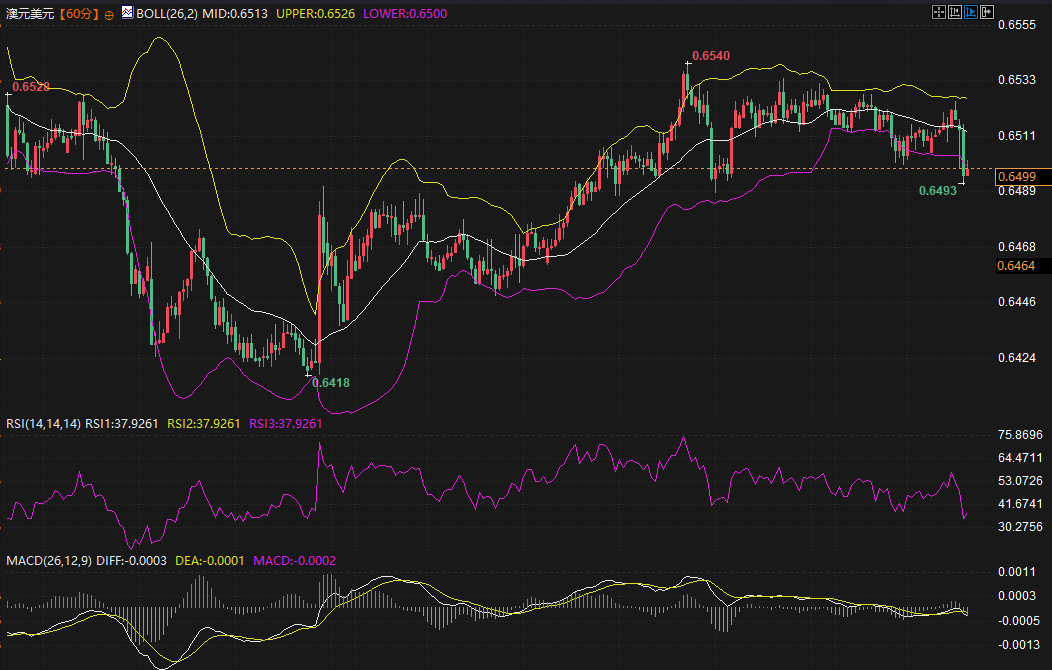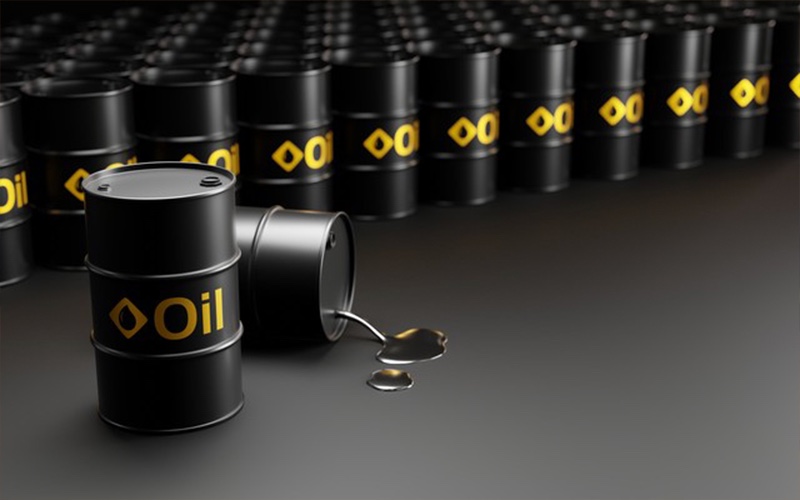With interest rate cuts and a weakening economic outlook, the Australian dollar briefly fell below 0.65! Will tonight's US CPI release, due to be released, rewrite the exchange rate trajectory?
2025-08-12 14:58:46

Marcel Thieliant, head of Asia-Pacific economics at Capital Economics, said the Reserve Bank of Australia reiterated its "cautious outlook" view, indicating that the Reserve Bank of Australia will maintain its policy easing policy only once a quarter. Most importantly, the central bank's economic forecast supports the market's expectations of further easing, and we believe it will eventually cut interest rates to 2.85%.
The latest forecast is based on market pricing estimates of a total easing of 80 basis points over the next year, with interest rates falling to between 3.1% and 2.85%, slightly lower than the terminal rate of 3.2% predicted in May.
The Reserve Bank of Australia on Tuesday cut its economic growth forecasts and also downgraded its productivity outlook, implying lower living standards and incomes for the country's 27 million residents.
However, the RBA also maintained its forecasts for slowing core inflation and a stable outlook for unemployment, leaving the door open to a rate cut.
In its quarterly monetary policy statement, the Reserve Bank of Australia lowered its forecast for long-term productivity growth (generally referring to output per hour of labor) from 1% to 0.7%.
This means that by the end of 2027, economic growth will be even weaker due to lower growth in consumer spending and income. Australia's upper limit to potential growth is now projected at just 2.0%, down from the previous forecast of 2.25% and the 2.5% seen a decade ago . For 2025 alone, the GDP growth forecast has been lowered to 1.7% from 2.1% in May.
"The expected recovery in economic growth to 2025 is now slower than in the May forecast, as weaker-than-expected growth in public demand in early 2025 is not expected to be made up over the rest of the year," the RBA said in a 67-page economic outlook.
A bright spot in the report came from the housing construction sector, where rising prices, lower borrowing costs and looser regulations spurred an increase in building projects. Meanwhile, a National Australia Bank (NAB) survey showed its business confidence index climbed to a three-year high of 7 in July from 5 in June.
Meanwhile, the RBA maintained its forecasts for inflation and the labor market as both aggregate supply and demand were revised downwards. The headline consumer price index (CPI) is still expected to peak at 3.1% by the middle of next year before easing to 2.5% by the end of 2027. Inflation was 2.1% in the June quarter.
The Reserve Bank of Australia's closely watched underlying inflation rate is expected to slow to 2.6% in the December quarter and remain near that level until the end of 2027. This means that inflation has returned to the midpoint of the central bank's long-term target range of 2%-3%, creating conditions for monetary policy easing.
The labor market is not expected to loosen significantly, and the unemployment rate is expected to remain at this level until the end of 2027 after hitting a nearly four-year high of 4.3% in June.
The latest forecast is based on market pricing estimates of a total easing of 80 basis points over the next year, with interest rates falling to between 3.1% and 2.85%, slightly lower than the terminal rate of 3.2% predicted in May.
The key US core CPI data for July will be released at 8:30 PM Beijing time on Tuesday (August 12). A Reuters poll predicts a 0.3% month-over-month increase and a 3.0% year-over-year increase. Meanwhile, Trump signed an executive order extending tariffs on China for 90 days in the early hours of August 12. China is Australia's largest trading partner.
Support and Resistance:
The Bollinger Bands on the Australian dollar hourly chart are moving lower, and selling may cause the short side's momentum to be exhausted, and it may rebound at any time.
The Asian range is 0.6500-251, with support at 0.6420 and 0.6373, and resistance at 0.6625 and 0.66875.

(AUD/USD hourly chart, source: Yihuitong)
At 14:58 Beijing time, the Australian dollar was trading at 0.6499/98 against the US dollar.
- Risk Warning and Disclaimer
- The market involves risk, and trading may not be suitable for all investors. This article is for reference only and does not constitute personal investment advice, nor does it take into account certain users’ specific investment objectives, financial situation, or other needs. Any investment decisions made based on this information are at your own risk.





















